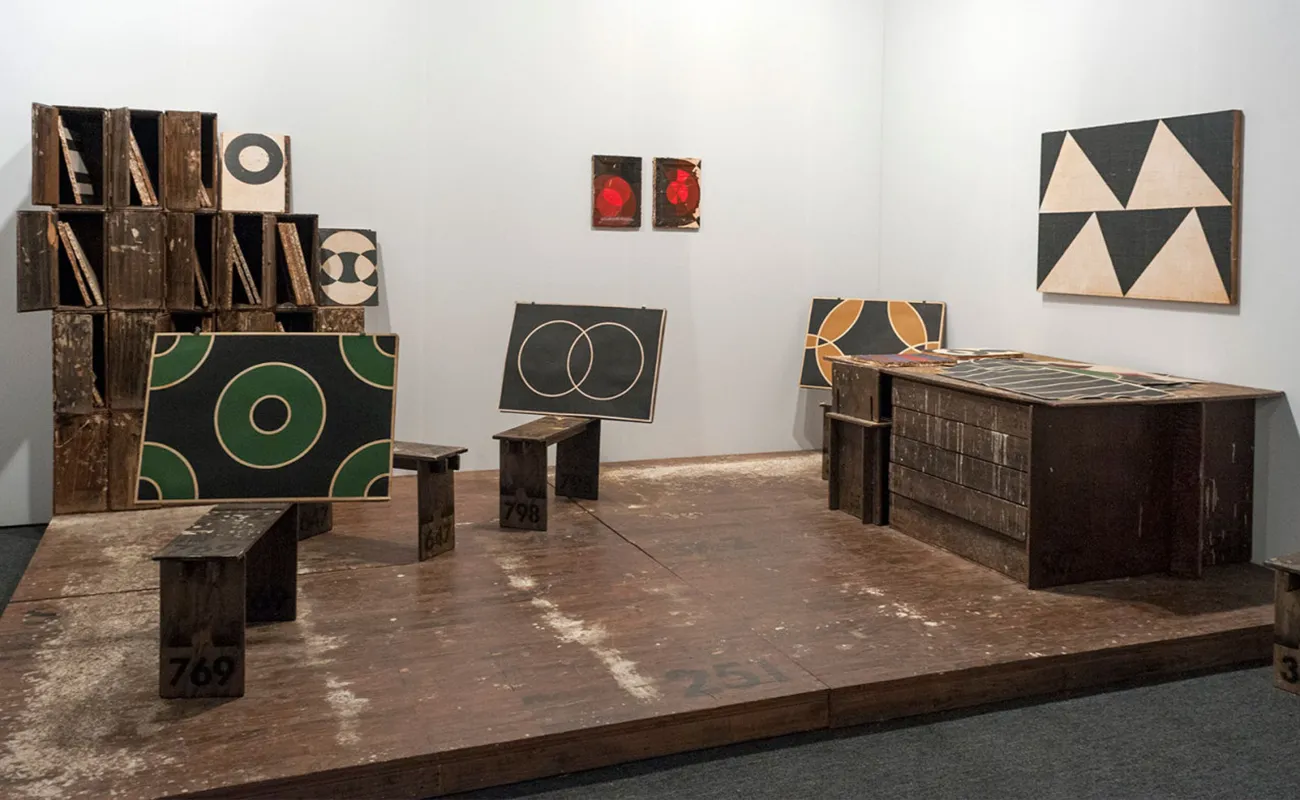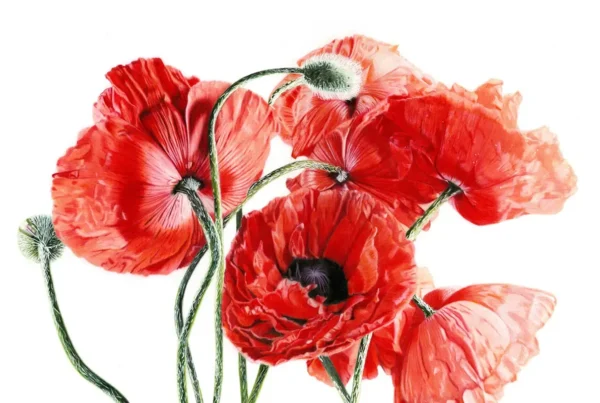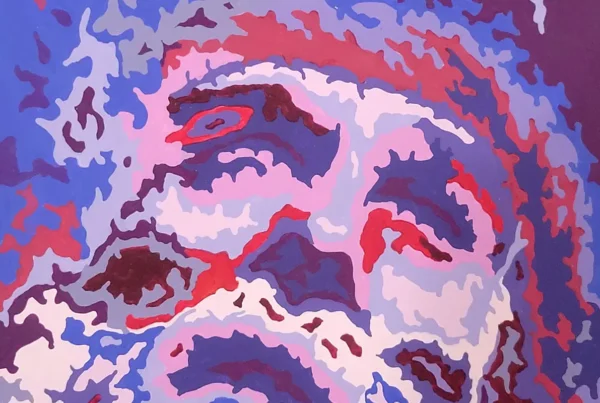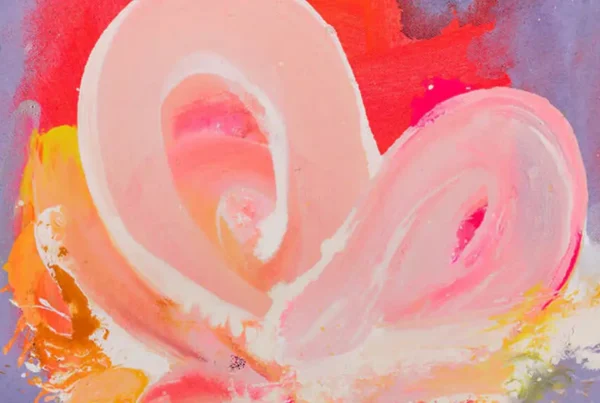Imagining the State Art Academy: A Concept Born from Satire
Dan Levenson’s artistic journey is deeply intertwined with the fictional narrative of the State Art Academy, Zurich (SKZ). The idea for this imagined institution germinated during Levenson’s undergraduate days at Oberlin College, where he and his peers humorously dissected the stereotype of the art student as a commodified genius. This stereotype, often seen as a fleeting opportunity to capitalize on newfound artistic identity, struck a chord with Levenson. The jest evolved into something far more profound—a fully realized fictional academy that now anchors much of his creative output. Through SKZ, Levenson not only critiques the art world but also offers a unique lens through which to explore the commodification of creativity and the pressures faced by emerging artists.
The State Art Academy, Zurich, serves as a compelling setting for Levenson’s explorations, chosen specifically for its symbolic resonance. Switzerland’s reputation for neutrality, precision, and a certain cultural blandness made it the perfect backdrop for an institution that exists only in the artist’s imagination. This setting allows Levenson to navigate complex discussions around culture, language, and race without directly engaging with more sensitive or contentious issues. Moreover, the formalist, geometric focus of the SKZ curriculum aligns seamlessly with Switzerland’s image, further enhancing the narrative’s credibility and depth. Through this choice, Levenson connects his work to broader themes while maintaining the fictional integrity of the SKZ.
Levenson’s paintings, with their deliberately aged and damaged appearance, are central to the narrative of the State Art Academy, Zurich. These works, presented as relics from a school abandoned in 1999, are designed to evoke the passage of time and the historical weight of modernism. By giving his paintings the patina of age, Levenson not only connects them to the now-antiquated ideals of modernism but also adds a layer of authenticity to his fictional world. The worn surfaces of these paintings are more than just an aesthetic choice; they serve as a visual metaphor for the fading pursuit of universal truths in art—a pursuit that was once central to the modernist agenda but now feels distant and out of reach.

Dan Levenson: Art as Theater and Critique
Levenson’s approach to art blurs the lines between traditional artworks and theatrical props, a concept that he acknowledges and embraces. He sees all paintings, not just his own, as part of a larger performance—one that involves the artist, the art itself, and the act of presenting that art to an audience. By treating his paintings as props, Levenson strips away the pretense of authenticity that often surrounds modern and contemporary art. This perspective allows him to confront the inherent theatricality of the art-making process, bringing a renewed sense of sincerity to his work. In doing so, Levenson challenges the viewer to reconsider the role of art in society and the often-performative nature of the artistic endeavor.
The balance between humor, critique, and a fascination with historical institutions like the Bauhaus is a defining feature of Levenson’s work. Humor plays a crucial role, making his art more approachable and inviting deeper engagement from the audience. At the same time, his critique of the institutions that shape art and artists is sharp and insightful, questioning the values and norms imposed by these bodies. Levenson’s fascination with 20th-century institutions like the Bauhaus grounds his work in a recognizable tradition, even as he diverges from it through his fictional narrative. This interplay between humor, critique, and tradition creates a complex and layered body of work that reflects Levenson’s ambivalence about the art world and its history.
Navigating the dual roles of creator of a fictional narrative and real-world artist presents a unique challenge for Levenson. He likens his role to that of a novelist, crafting a story where the emphasis is on institutions—such as the art school, the art supply company, or the gallery—rather than on himself as an individual. This deliberate focus on the fictional framework allows Levenson to explore the conditions that shape artistic achievements without glorifying his own role in the process. By keeping the focus on the institutions within his narrative, Levenson maintains a critical distance from the work, allowing it to resonate on its own terms rather than being overshadowed by his personal identity as an artist.

A Material World: Sculptural Extensions of the SKZ Narrative
Levenson’s artistic practice extends beyond painting to include sculptural pieces that enrich the narrative of the State Art Academy, Zurich. Objects like shipping crates and student lockers are more than mere representations of the material culture of SKZ; they serve as symbols of broader themes within the art world. The shipping crates, for example, represent the globalization of art and the way it circulates through the modern world. These crates symbolize the movement of goods and ideas across borders, mirroring the way contemporary art is distributed and consumed globally. Through these objects, Levenson comments on the commodification and commercialization of art, highlighting the systems that influence its creation and dissemination.
The student lockers, another key element in Levenson’s work, delve into the institutional frameworks that shape artists’ development. These lockers represent how students’ work is stored, categorized, and eventually prepared for the outside world. They symbolize the way institutions manage and control the creative process, determining what is preserved and what is discarded. By including these objects in his work, Levenson offers a critique of the educational and institutional systems that play a significant role in the formation of an artist’s career. The lockers are a poignant reminder of the structures that govern the art world, often dictating the trajectory of artistic development.
Levenson’s extended period of being “unsuccessful” in the conventional sense has profoundly influenced his approach to art. This time, largely spent outside the pressures of the art market, allowed him the freedom to develop his ideas without external demands. Now that he is stepping into a more public arena, Levenson is both excited and apprehensive about the challenges that come with increased visibility. The fear of having his work permanently fixed in the public eye, unable to be rethought or retracted, is a new experience for him. This transition marks a significant moment in his career, as he navigates the tension between maintaining creative freedom and engaging with the broader art world.

Dan Levenson: Painting Beyond the Canvas
Despite his multidisciplinary approach, Levenson continues to identify primarily as a painter, a medium he holds in deep regard. For Levenson, painting is one of the most profound ways to explore themes of representation and materiality. However, he has always resisted the idea of being confined to the traditional boundaries of the canvas. His interest in painting extends to the larger context in which the work exists—the frames, the institutions, and the stories that surround the artwork. This broader perspective allows Levenson to push the boundaries of what it means to be a painter, exploring the medium in ways that go beyond the conventional expectations.
Levenson’s work is characterized by a coherence and consistency that might seem surprising given his resistance to adopting a fixed style. He believes that while style is often emphasized in the art world, coherence can emerge from the consistent exploration of certain themes rather than from a uniform aesthetic. For Levenson, the focus is always on the ideas and narratives rather than on cultivating a personal style or mystique. This approach allows his work to remain coherent and meaningful, even as it defies conventional stylistic expectations. The coherence in Levenson’s work stems from his dedication to exploring complex themes rather than adhering to a particular visual language.
The influence of Martin Kippenberger, particularly his notion of having “no style,” has been a significant inspiration for Levenson. Kippenberger’s idea that the absence of a fixed style can itself become a style was a liberating concept for Levenson. It allowed him to let go of the need to fit into a particular aesthetic or approach, freeing him to focus on the ideas and narratives that drive his work. This freedom from stylistic constraints is also why Levenson is comfortable with the idea that his work doesn’t have to be about him as an individual. Instead, he is committed to creating art that resonates on its own terms, without the need for a cult of personality to support it.






